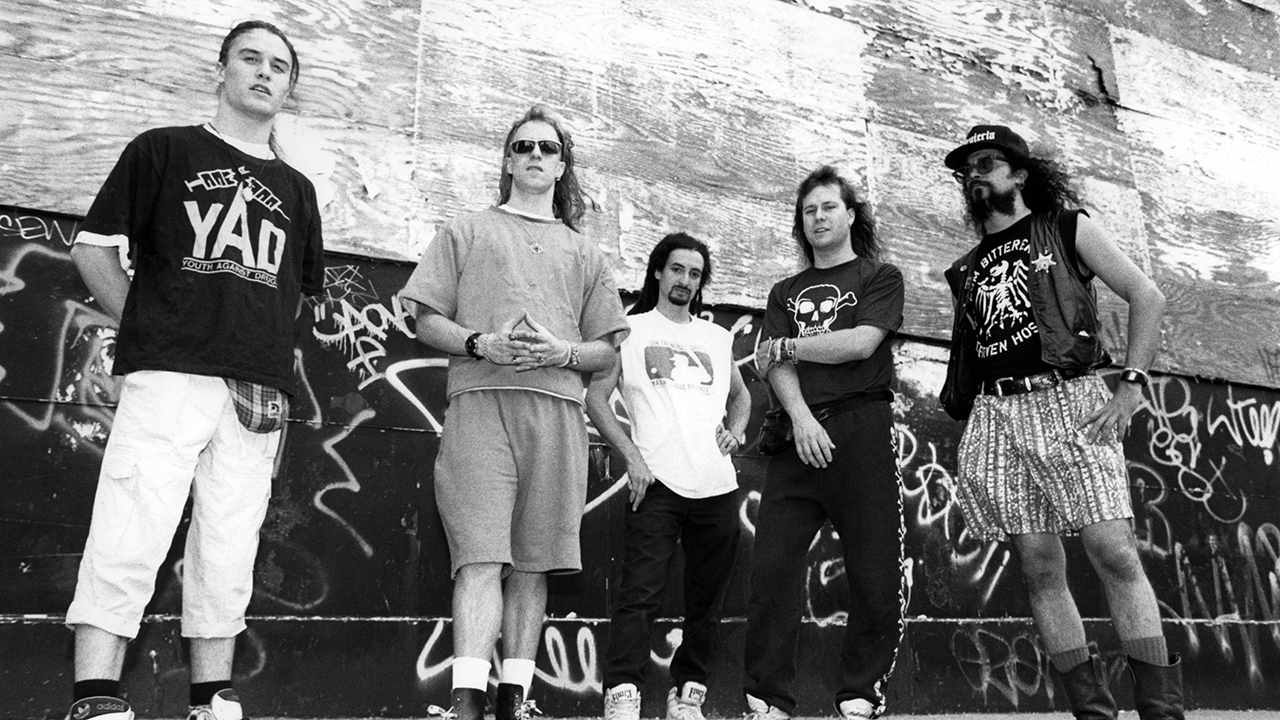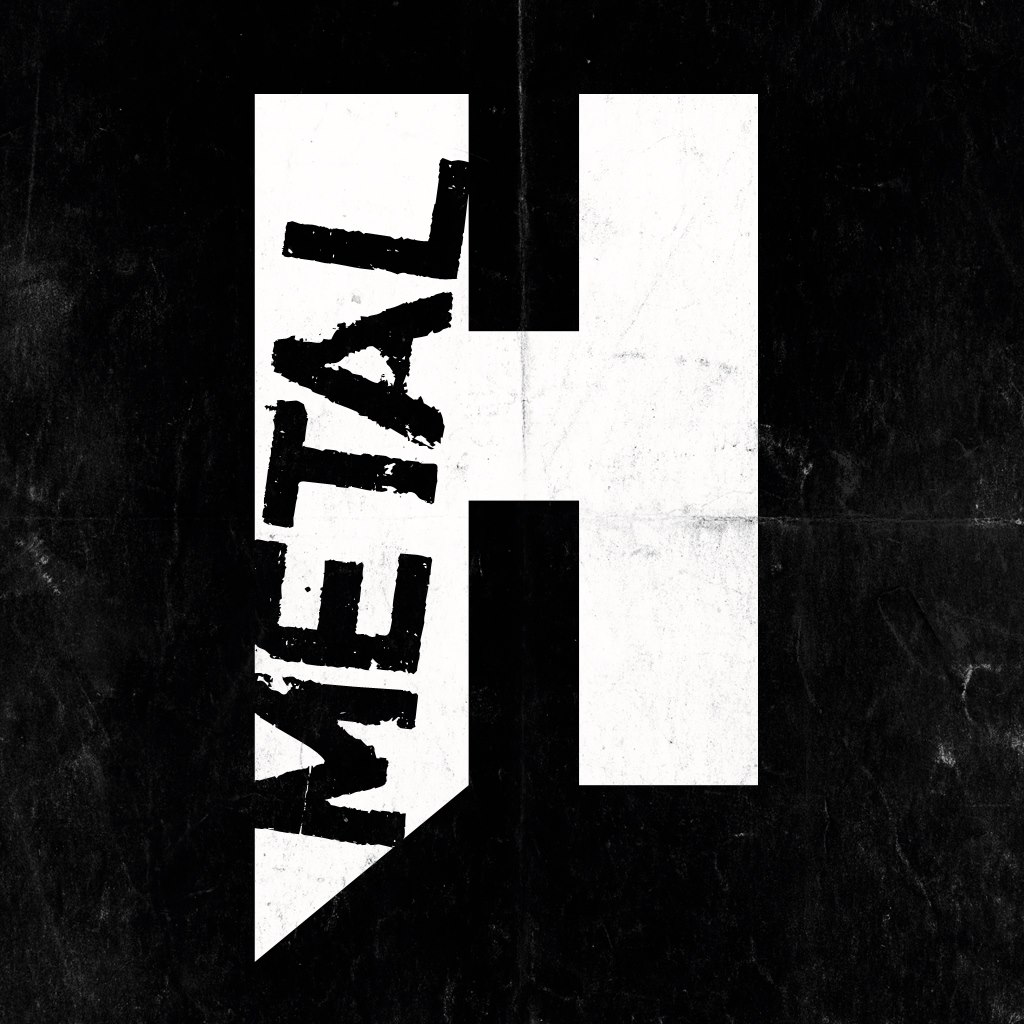There was never anyone quite like Faith No More. Of today’s many metal bands owing a musical debt to them, even the most prodigious could only seize upon surface elements of FNM’s mercurial sound. Never again will there be a band like them.
Even in San Francisco’s diverse, eclectic rock scene, the music Faith No More stood out like a drum solo at a Ramones gig. Founding members bassist Bill Gould and his childhood best friend Roswell Christopher ‘Roddy’ Bottum loved Killing Joke and PiL; Drummer Mike Bordin was studying African rhythms at UC Berkeley, guitarist Jim Martin was an unreconstructed metalhead, and skate-punk vocalist Chuck Mosley improvised and scatted over whatever rumbling noise his bandmates erected behind him.
Later, vocalist Mike Patton would replace Mosley and the rest, as they say, is history. After the cult success of debut We Care A Lot, Faith No More released a further five albums before breaking up in 1998, each of them ushering in a new sound and era for FNM. Aside from the odd string of shows here and there, the band largely remained inactive until the release of Sol Invictus in 2015.
Here, we take you through every album and era in Faith No More's colourful back catalogue.

We Care A Lot (Mordam, 1985)
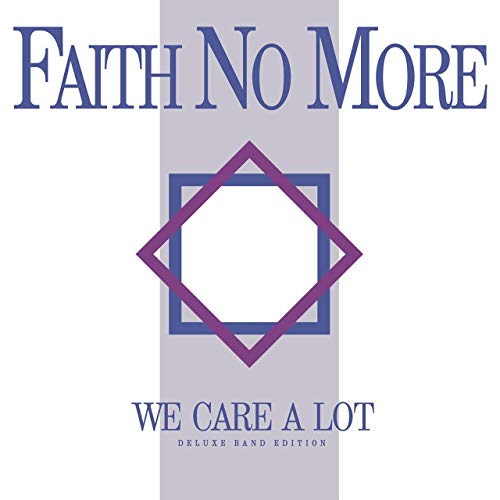
An early-day promise of weirdness to come, Faith No More’s first full-length effort shouldn’t be avoided so much as treated with caution, as it isn’t particularly representative of the stadium-filling sound the band would gradually grow into.
Faith No More’s adolescent obsessions with British post-punk are quite evident, especially on the excellent, juddering, PiL-influenced The Jungle. When it works, We Care A Lot’s sheet-metal guitar, burbling sub-funk bass and backward-phased wooshes make a formidable textural counterpoint to Chuck Mosley’s gloriously ragged bratty vocals.
Despite this, the album’s best songs – the Bono-baiting title track and the swirling, angry As The Worm Turns – would benefit from being re-recorded in later years in more definitive versions. But this is still an interesting catch of a record. Definitely worth checking out for the curious and open-minded – though Introduce Yourself remains the real highlight of the Mosley era.
Introduce Yourself (Slash/Rhino, 1987)
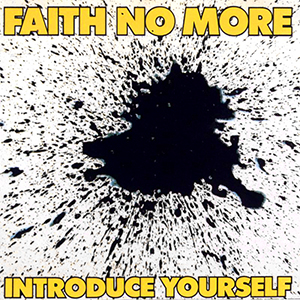
Second impressions count – but Introduce Yourself remains a wild card purely because if your prime interest in Faith No More is in the larger-than-life vocal dynamo that is Mike Patton, then you’re unlikely to be convinced by the prospect of a Pattonless FNM.
Introduce Yourself is an irresistibly charming record, though. In the same way that Paul Di'Anno’s voice on early Iron Maiden sounds lovably rugged when contrasted with their slick later work, Chuck Mosely’s goofy, purposefully-underachieving vocals smother these songs in a huge dollop of infectious playfulness – something that Patton’s studied delivery could never quite emulate.
The monochrome texture rock of the first album is updated into glorious technicolour with Faster Disco and Chinese Arithmetic, but the album really delivers in the pop-art funk of Anne’s Song and the revised We Care A Lot. Even Mike Patton, who dismissed FNM’s debut as “bad hippy music – I hated it”, admits to a fondness for Introduce Yourself.
The Real Thing (Slash, 1989)
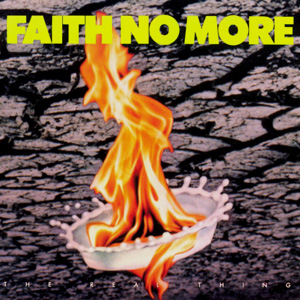
The Real Thing was platinum weirdness for the masses. It wasn’t just that this was the world’s introduction to Mike Patton that made this album special. Faith No More had been steadily building towards something over their seven-year existence, and The Real Thing was it.
The loose ends, promise and hinted-at ideas of Introduce Yourself here coalesced into a fiercely united musical vision. Given that the various members had long complained that they had nothing in common musically, The Real Thing demonstrated not only how individually talented the musicians in Faith No More were, but how devastatingly inventive they could be when combined.
Here, they remodel their sound into super-colourful heart-stopping pop metal. Almost any track from this album could have been a hit, and Epic was simply colossal. And then there was, of course, Mike Patton, who from now on loaded FNM’s music with a lethal dose of sarcasm and surrealism.
Faith No More’s love/hate affair with the cover song began with The Real Thing’s hipster-baiting inclusion of Black Sabbath’s War Pigs. When the tune’s popularity backfired on the band, they switched to performing The Commodores’ 1970s hit Easy. It then became a massive hit single in 1993 for FNM with a UK No.3, which then became a millstone around their neck.
In later years, FNM covered tunes by The Bee Gees (I Started A Joke), Al Martino, Portishead, GG Allin, Dead Kennedys, Burt Bacharach and Sparks, among others. John Barry’s theme from Midnight Cowboy, meanwhile, became FNM’s signature show-opener. The band received the covers treatment themselves in 2002 with the album Tribute Of The Year.
Angel Dust (Slash, 1992)
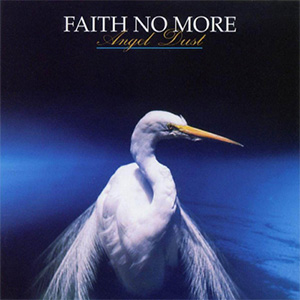
Faith No More made a lot of great albums. But with Angel Dust they made one hell of a masterpiece.
It’s a wonder the follow-up to the stratospheric The Real Thing was even completed at all. Exaggerated rumours of the band’s demise were splashed across the music press and – echoing the Mosley/Martin predicament – a very public feud had developed between Mike Patton and the cartoon-metaller guitarist.
Nevertheless, Angel Dust’s music is worlds away from anything Faith No More had previously put its name to. Just describing it is difficult – a twitchy, erratic symphony that spins through different movements and moods, always on edge. As Martin frequently failed to show up for sessions, many of his guitar tracks were stripped from the recordings by his irate bandmates. Yet this didn’t make the music any less heavy; indeed the adjectives most commonly associated with Angel Dust seem to be ‘dark’, ‘malevolent’ and – in the least obvious way possible – ‘ determinedly aggressive’.
There isn’t a second in Angel Dust that isn’t crammed with whirling ideas and clashing sounds. But the band had lost no aptitude for melody either. The whole thing resounds with these combinations.
Despite publicly giving the impression that he was just killing time in FNM until his 'other band' Mr Bungle hit the big time, Patton excelled himself here. The singer’s idiosyncratic character is smeared all over Angel Dust. Many of the lyrics were even cooked up in a sleep-deprivation experiment the singer endured – see the self-help psychosis of Land Of Sunshine or the gale-force paranoia of Caffeine.
A lovely metaphor for the visceral artistry of Angel Dust can be found in the album’s sleeve art. On the front cover is a beautiful image of a swan emerging from an azure background. On the rear: skinned animals and chopped-up meat. Even now, after listening to Angel Dust, other rock music suddenly seems to have far fewer ideas.
King For A Day… Fool For A Lifetime (Slash/Reprise, 1995)
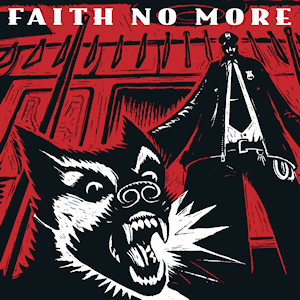
An often underrated classic, King For A Day... is easily the most schizophonic album Faith No More ever produced. Musically it was cleaved right down the middle, alternating between ice cold cooler-than-cool lounge funk and frighteningly ugly jackhammer thrash-punk.
Although the band were perceived to have lost a crucial component in the departure of Jim Martin – the ‘metal-or-nothing’ bespectacled monster who anchored FNM in the rock arena – Mr Bungle guitarist Trey Spruance makes the existing heavy bits in FNM’s sound 10 times heavier, and the cheesy bits, uh, cheesier.
Evidence is beautiful liquid soul, while Just A Man is anthemic funk-pumped cabaret, but the flip side to this set-piece whimsy is demonic, neurotic whirlwinds such as Ugly In The Morning – Patton flipping painlessly between soft soul-boy crooning and gibbering, demented, frenzied ecstasy.
Album Of The Year (Slash/Reprise, 1997)
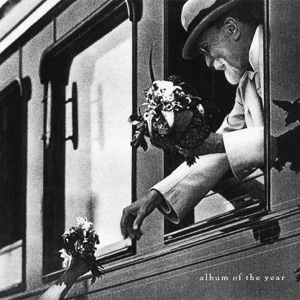
By 1997, it turned out Faith No More really didn’t care that much any more.
Still, there’s nothing wrong with Faith No More’s audaciously-titled final album. It’s a strong collection of songs that successfully combines all of the band’s previous experiments with genre into one solid package.
In many ways, it is the most consistent album the band ever produced. But that’s part of the problem. There isn’t anything unpredictable about this disc – nothing unnerving or frightening. Although they pushed gently into new sounds with the noir-drenched electronic ambience of Stripsearch, there was a sense lingering by now that Patton, Gould, Bottum and Bordin had already achieved everything they could together.
Album Of The Year is an impressively cinematic album, full of widescreen, panoramic choruses – and Patton’s smooth-as-satin vocals have never sounded more handsome. If you don’t already own any of this band’s music, though, this is not essential listening.
Sol Invictus (Reclamation!/Ipecac, 2015)
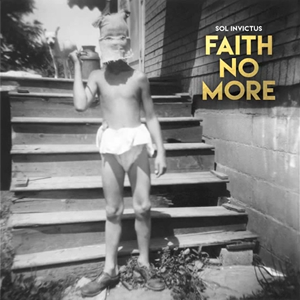
For a band that had deftly eluded all attempts at pigeonholing for nearly two decades, Faith No More’s 1998 break-up was ironically predictable. As the unrelenting pressures of mainstream success battered their hull, internally, the musicians had grown weary of striking the hard-fought creative compromise that had underpinned each album.
Which is perhaps why it was a surprise that one of the most instantly notable aspects of comeback record Sol Invictus was just how seamlessly the album followed on from its predecessor.
Where Album Of The Year assimilated FNM’s disparate influences into arguably the most tightly-bound body of work in their canon, Sol Invictus went further, to even more potent, startling effect – impressive, given how long these five musicians had been uncoupled.
While deep immersion in the album’s 10 tracks allowed the isolation of numerous wonderful individual ‘moments’ – the sweet melodica swells in Rise Of The Fall, Roddy Bottum’s earworm cyclical keyboard riff in Superhero, the utter contempt heard in Mike Patton’s voice on Black Friday – the overwhelming first impression was just how brilliantly Faith No More’s component parts interlocked and engaged.
That these long-estranged collaborators could achieve such cohesion and momentum without dependence on nostalgia or familiar tropes was laudable, and indeed at various points here, utterly remarkable.
